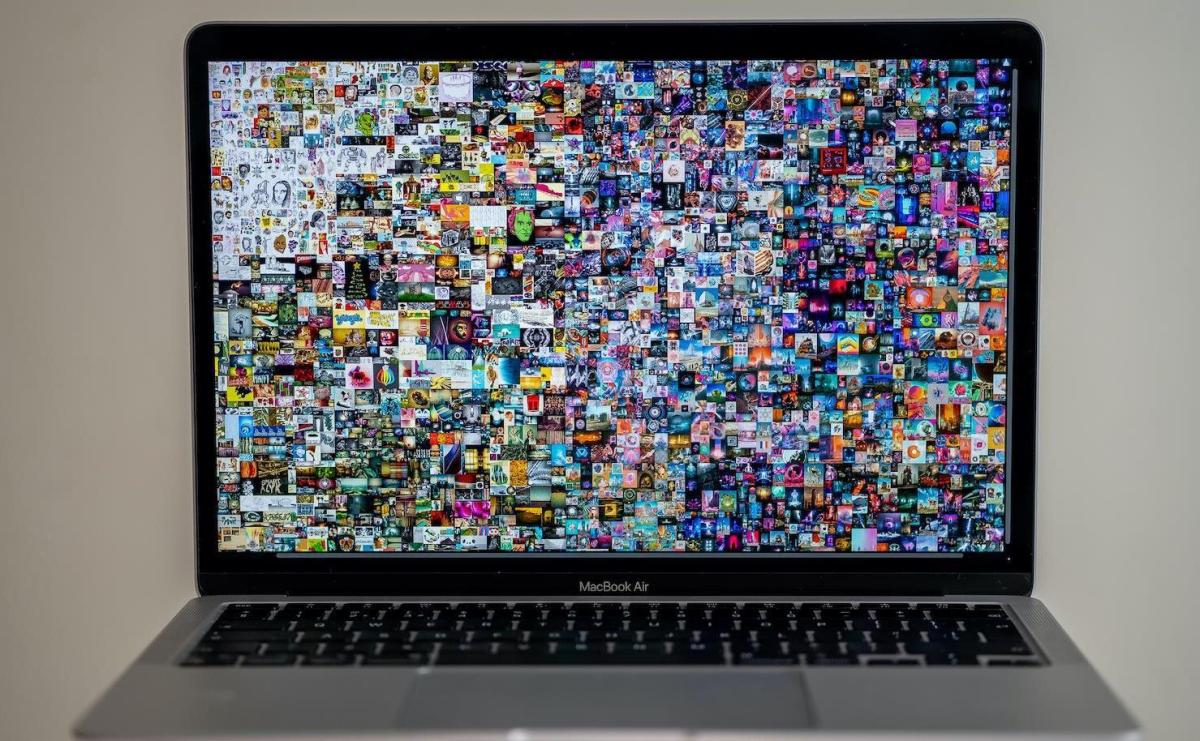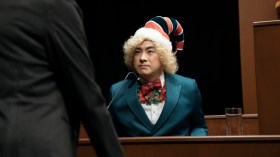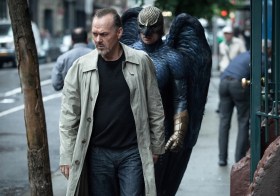Many of us are sick of the hottest acronym to hit the art world – NFTs. Also known as Non-Fungible Tokens, NFTs are a form of cryptocurrency that ha been quietly ticking away for a couple years, that is until 2021 happened.
On 11 March, Forbes reported the NFT market had exceeded more than $US400 million in transactions during 2021 alone, with Jehan Chu, a Hong Kong-based art consultant and founder of Kenetic Capital (a crypto investment firm), claiming that, ‘what we’re seeing is just the tip of the iceberg.’
Others have likened the illogical rise of NFTs to the tulip bulb market in the 1630s – or Tulip Mania as it was called – which saw the price of fashionable bulbs dramatically rise and collapse over a short period in 1637, and was the first speculative asset bubble in history.
As recent as last week, the tone around NFTs started to change.
‘Things can get lost in the computer, can’t they?’ Hockney said, adding, ‘I think it’s I.C.S. …International crooks and swindlers.’
The celebrated TV program, Saturday Night Live (SNL) aired a skit (27 March) explaining NFTs, which went viral, and then itself became an NFT, with a segment of the skit being auctioned on the OpenSea marketplace.
Taking the form of an ‘explainer-turned-rap’ skit, actor Kate McKinnon playing U.S. Treasury Secretary Janet Yellen, with comedian Pete Davidson dressed as Batman’s sidekick Robin and portraying the rapper Eminem, speak to a university economics class along to Eminem’s 2002 track Without Me.
Within days, David Hockney – the only living artist to have surpassed Beeple’s high auction record – and an artist known to embrace new digital art (such as iPad art), said he doesn’t think NFTs make much sense at all.
‘Things can get lost in the computer, can’t they?’ with a thin belief in their sustainability. Hockney told Waldy and Bendy’s Adventures in Art podcast: ‘I think it’s I.C.S. …International crooks and swindlers.’
Hockney’s artwork, Portrait of an Artist (Pool with Two Figures) sold at auction in 2018 for a record $US90.3 million; Beeple’s NFT, Everydays: the First 5,000 Days sold at Christie’s in early March for $US69.3 million.
Bloomberg says the Christie’s sale might have been a turning point to mounting backlash, and that we are already witnessing a deflation in the NFT bubble, also citing the change in attitude to an, ‘unfortunate association of crypto art… with ‘tech bro’ culture.’
Nonfungible.com reports that the average daily value of NFTs sold across marketplaces (which doesn’t include data from Christie’s) has fallen from $US19.3 million to as low as $US3.03 million on 25 March.
A Mate’s Club with little regard for the arts
In an earlier article, we looked at the Pros and Cons of NFTs for the art market, questioning its insular fan-circle.
‘The money coming into the space is money that was already in the space,’ observed Kevin McCoy in 2014, the artist thought to have created the first NFT.
Read: NFTs: The Pros and Cons
To recall, Beeple’s NFT was purchased by Vignesh Sundaresan (also known as Metakovan), a cryptocurrency entrepreneur and backer of Metapurse, a fund that acquires NFTs and other virtual properties. Bloomburg further reports that Metapurse’s value has dropped 80% since the Christie’s auction to today.
While NFTs may have found a way to obviate the traditional gatekeeping of galleries and ‘art market’ stakeholders, this new field of buyers are equally self-interested, and their play only devalues the role of artists and art making.
‘A lot of people are sold this dream of making thousands and thousands of dollars, when in reality it’s just another more concentrated traditional art market.’
– Pepper Raccoon
It was a warning that Wellington-based artist Pepper Raccoon shared. ‘Many rich and powerful people all over the globe have invested in Ethereum, and therefore have a vested interest in seeing it succeed,’ they told The Big Idea, likening to NFTs to ‘pyramid schemes’ by artists.
The ‘pyramid’ aspect of the NFT system means that it’s incredibly hard for emerging artists to get on the ladder,’ says Raccoon. ‘A lot of people are sold this dream of making thousands and thousands of dollars, when in reality it’s just another more concentrated traditional art market.’
There are some further turnarounds happening in the wake of the Christie’s sale, some taking an activist tone.
The proceeds of the auction of that Saturday Night Live NFT will go to Stop AAPI Hate – which tracks the escalation in xenophobia and bigotry resulting from the COVID-19 pandemic in the US.
And this week (1 April), US Author and art historian Ben Lewis has created a NFT of Leonardo da Vinci’s Salvator Mundi – the original painting sold at auction for $US450.3 million back in 2017, also by Christie’s New York.
Lewis told Artnet the point was, ‘to draw attention to the ways in which dealers and auction houses exploit the machinations of the art market to make millions—and the victims they leave in their wake.’
Titling his NFT Salvator Metaversi, it replaces the glass orb Jesus holds with a wad of $100 bills. It was minted on 1 April (it was not an April Fool’s joke) on the platform OpenSea with bidding over the Easter Weekend closing today, 6 April.
Lewis has pledged half the profits to be shared with the Hendry family who sold Salvator Mundi for $US1,175 in 2005, pocketing a mere $700 after fees. Lewis wrote the book The Last Leonardo (2019) charting the sale of the painting.
THE Verdict is out
Flash fad or art world revolutionary, the jury is still out on the value of NFTs to disrupt the traditional art market.
What is sure, is that thoughts are far from stable and that artists should be aware of the vulnerabilities and exposure NFTs pose to their artworks. The flipside is, it has exposed new ways for artists to make money from selling their art, and is arguably a more democratic and decentralised system that better suits 21st century making.
Raccoon however warns that, ‘…the idea of buying into a ‘get-rich-quick’ scheme that destroys the environment is inherently unethical and problematic. Even just the impact of selling NFTs: there’s so much of the art audience that is so incredibly turned off by that, that you’re going to lose some of your audience, so artists need to decide whether that’s actually worth it.’





